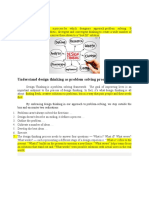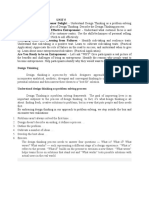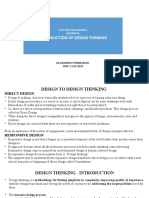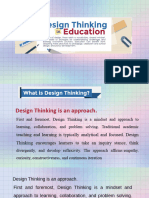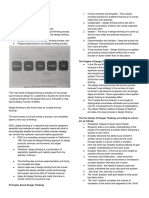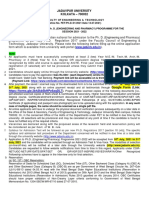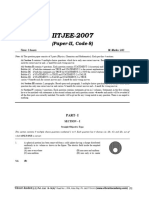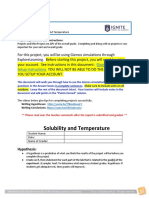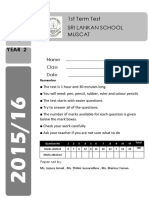0% found this document useful (0 votes)
55 views10 pagesUnit 2 Design Thinking Process
The document outlines the Design Thinking process, which includes five stages: Empathize, Define, Ideate, Prototype, and Testing, aimed at creating user-centered solutions. It discusses the implementation of this process in driving innovation and social innovation, emphasizing the importance of understanding user needs and fostering collaboration. Additionally, it covers tools for design thinking and the product development process, highlighting best practices for successful product launches.
Uploaded by
kalikiakhilroyal481Copyright
© © All Rights Reserved
We take content rights seriously. If you suspect this is your content, claim it here.
Available Formats
Download as PDF, TXT or read online on Scribd
0% found this document useful (0 votes)
55 views10 pagesUnit 2 Design Thinking Process
The document outlines the Design Thinking process, which includes five stages: Empathize, Define, Ideate, Prototype, and Testing, aimed at creating user-centered solutions. It discusses the implementation of this process in driving innovation and social innovation, emphasizing the importance of understanding user needs and fostering collaboration. Additionally, it covers tools for design thinking and the product development process, highlighting best practices for successful product launches.
Uploaded by
kalikiakhilroyal481Copyright
© © All Rights Reserved
We take content rights seriously. If you suspect this is your content, claim it here.
Available Formats
Download as PDF, TXT or read online on Scribd
/ 10











